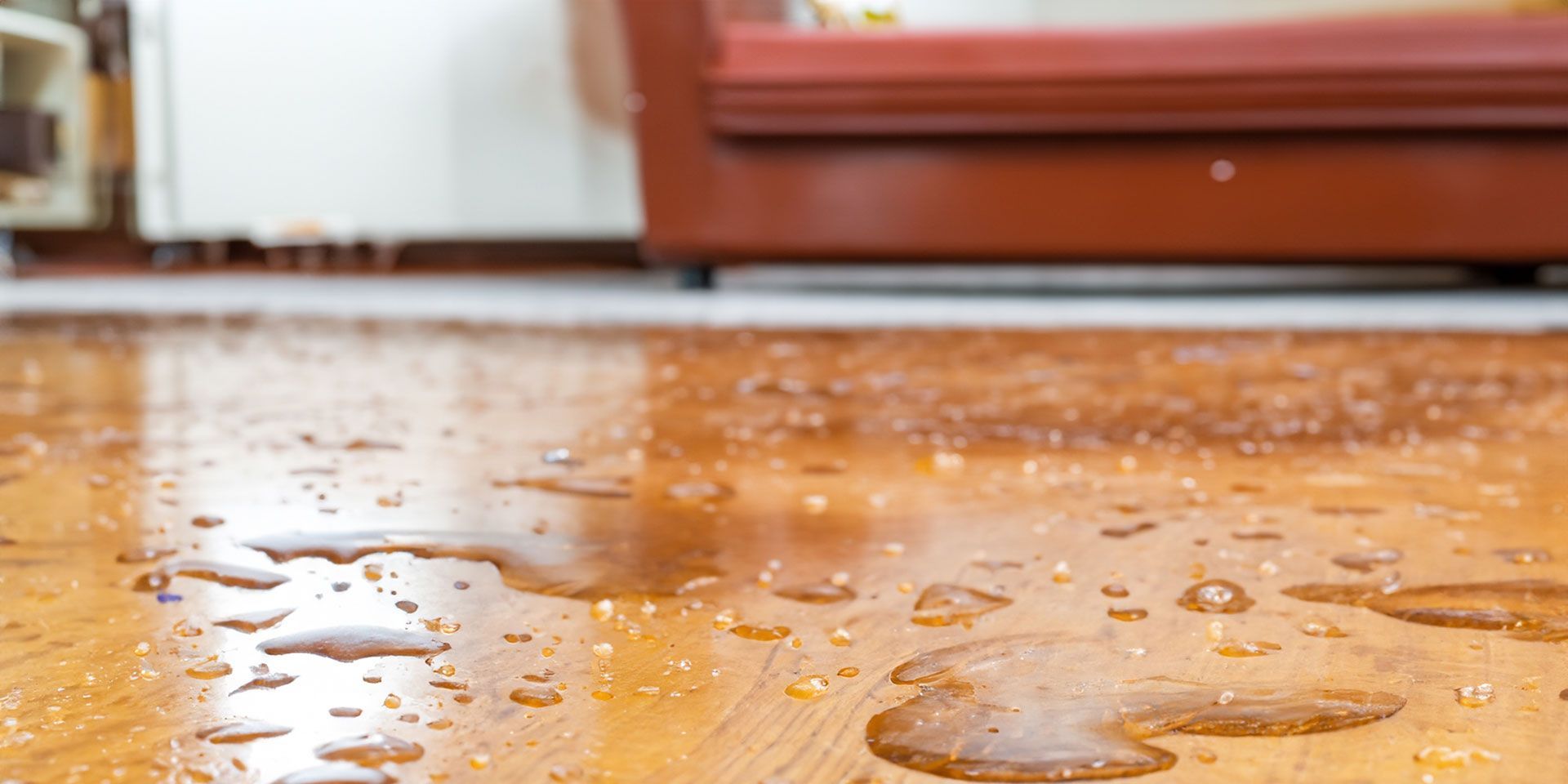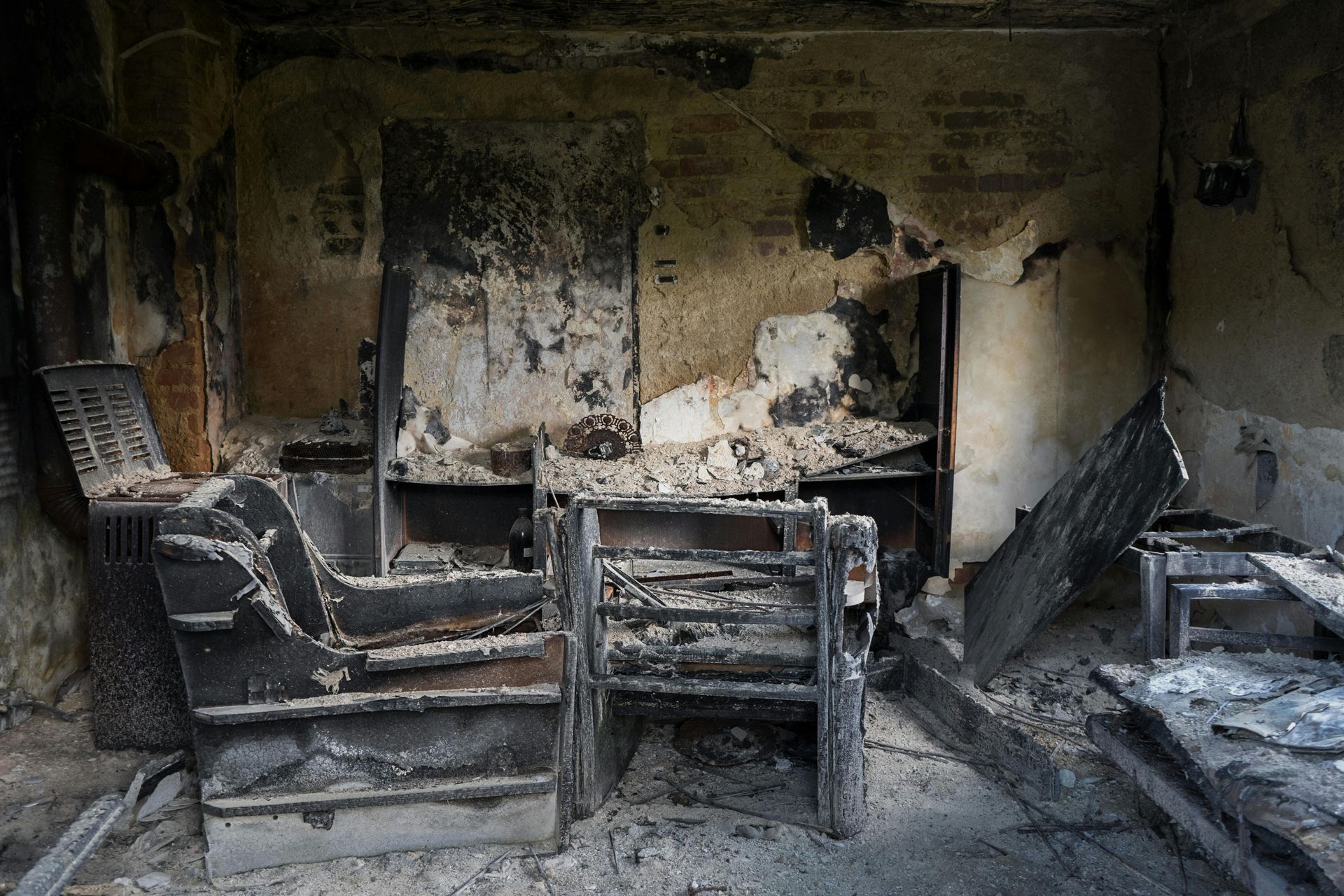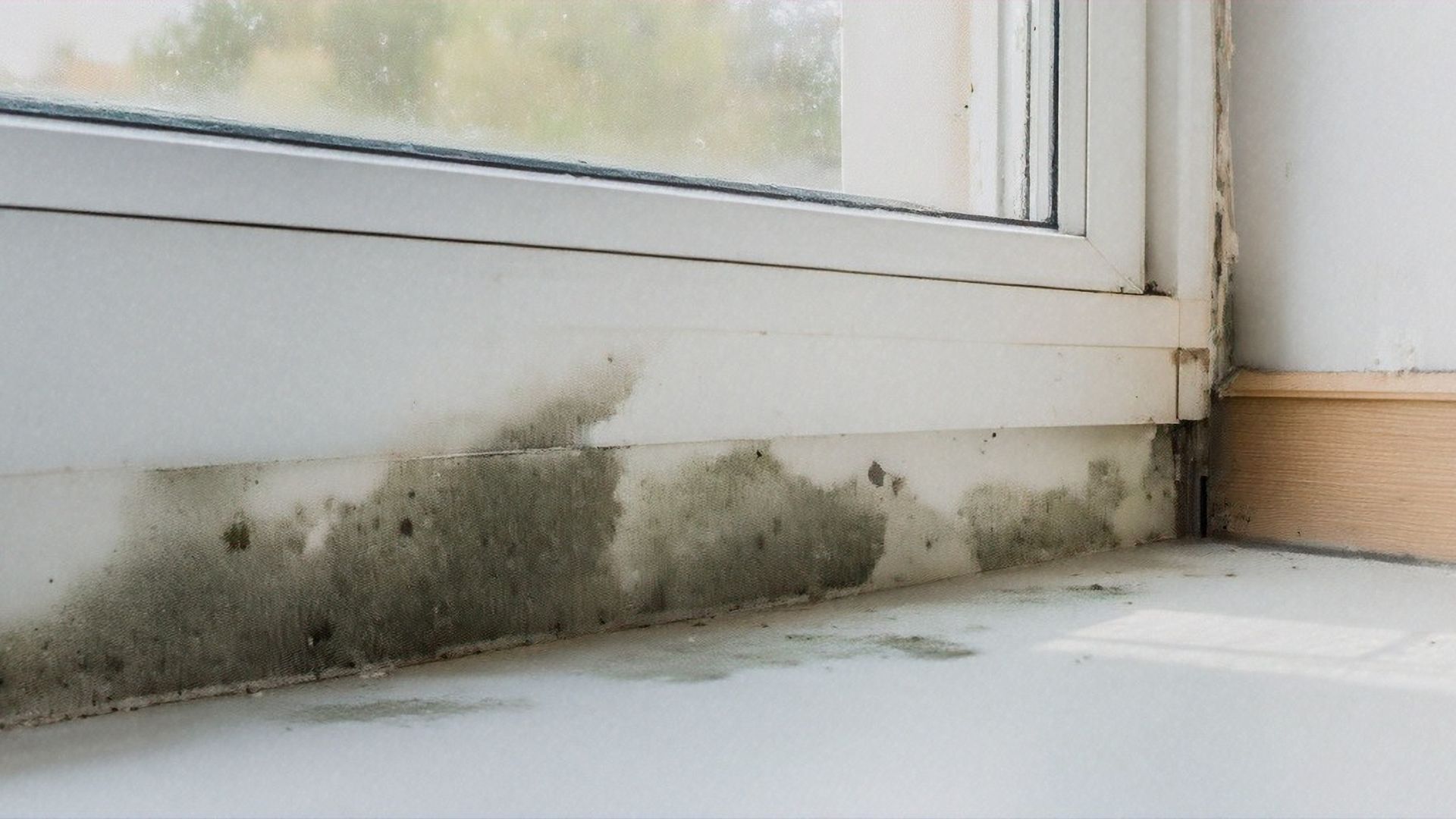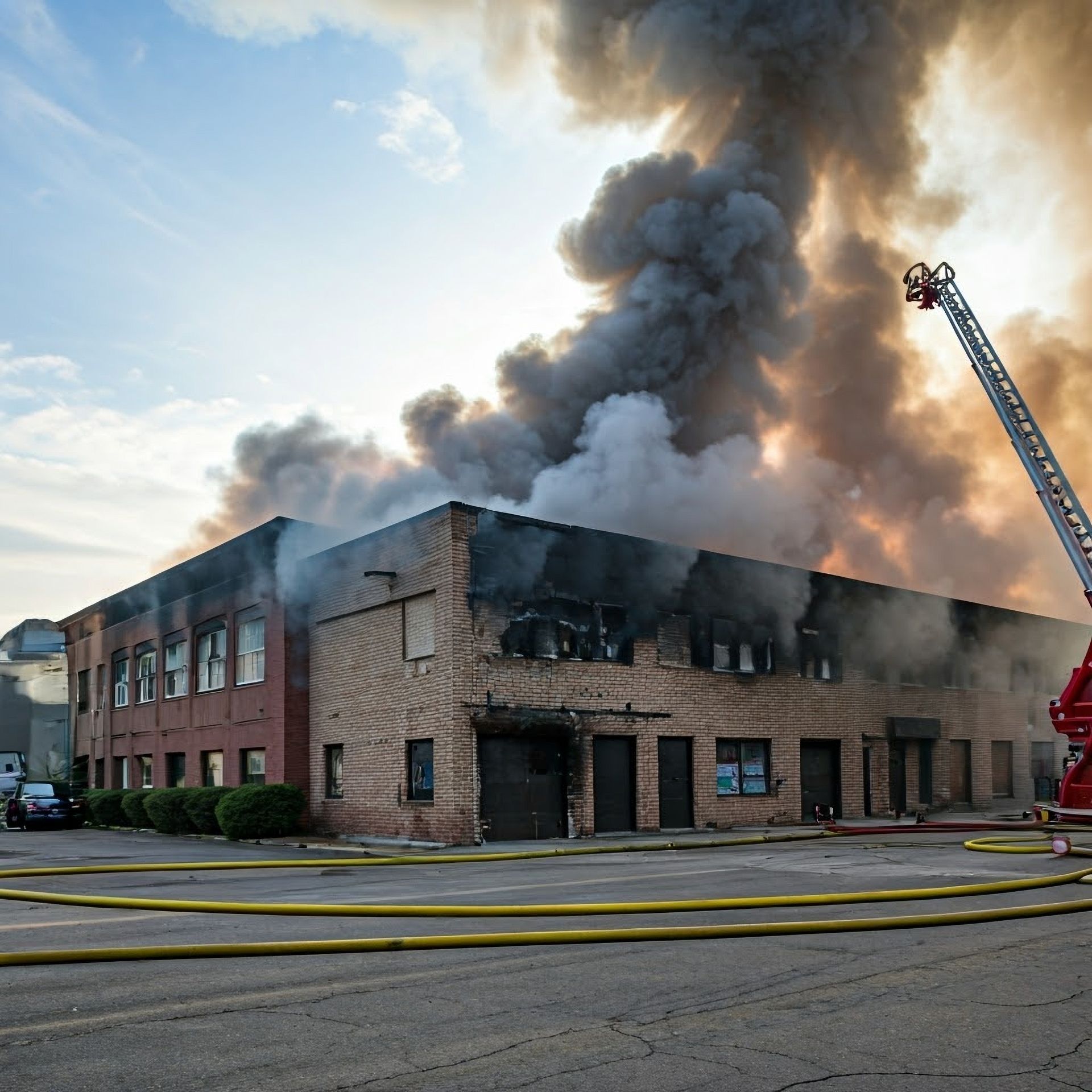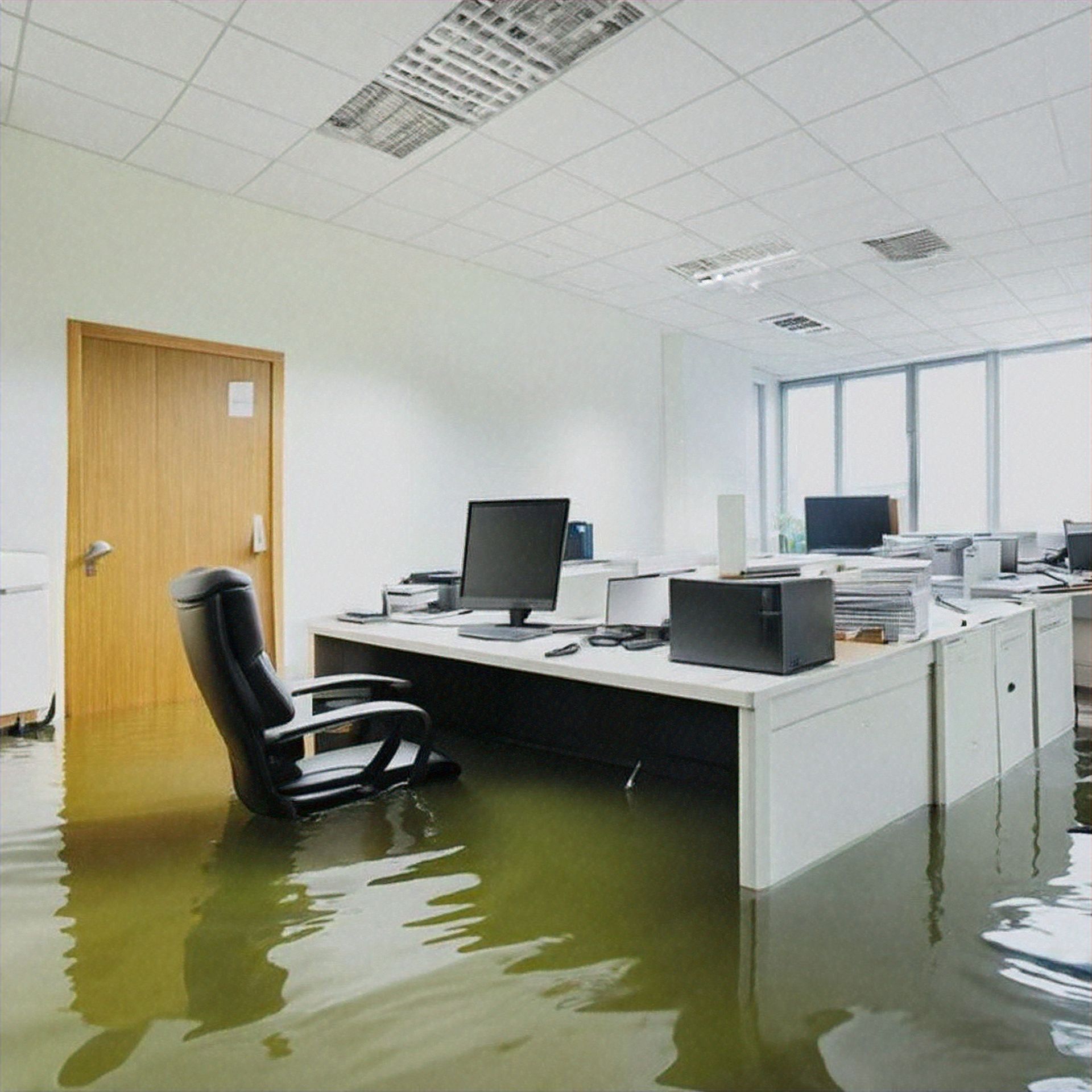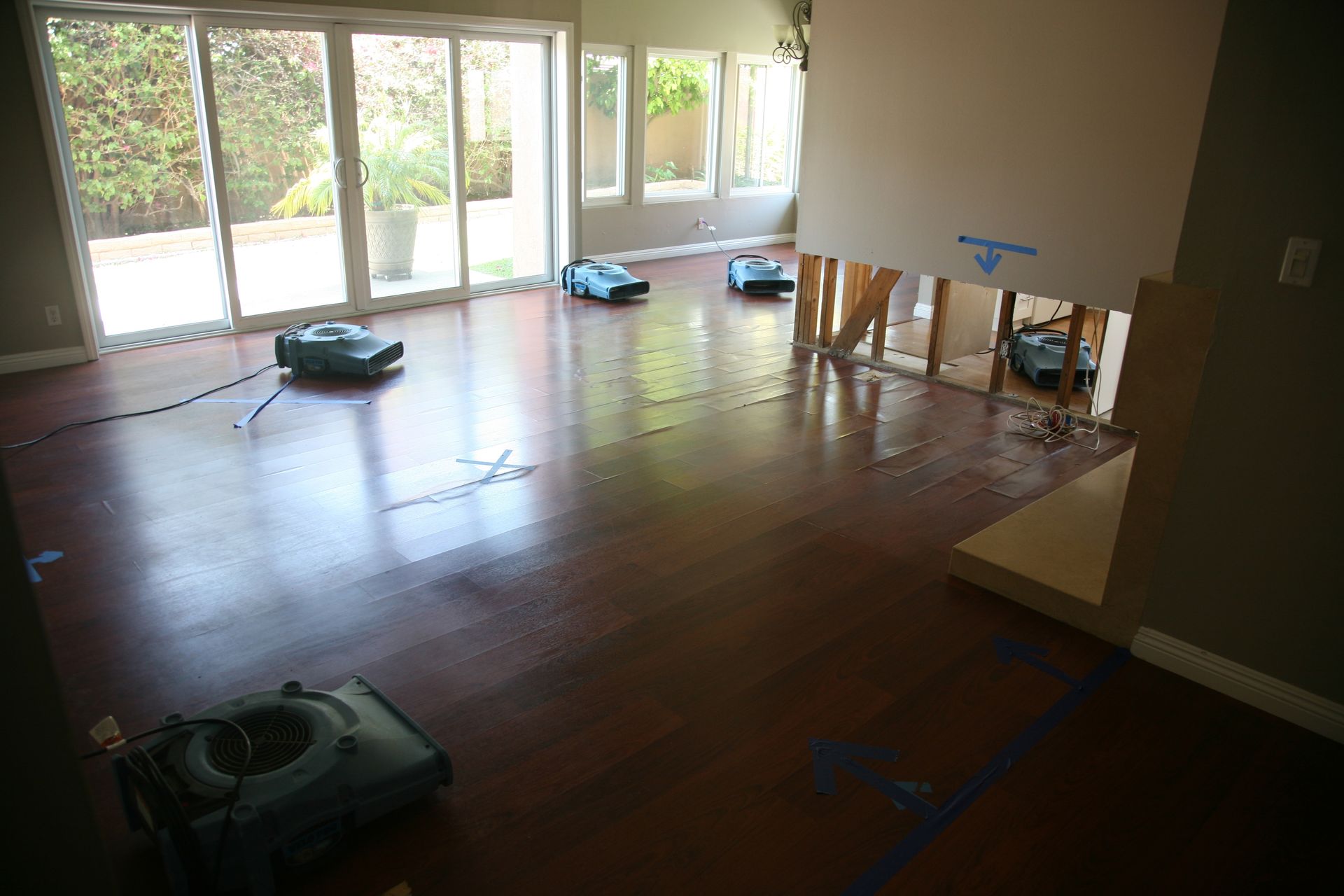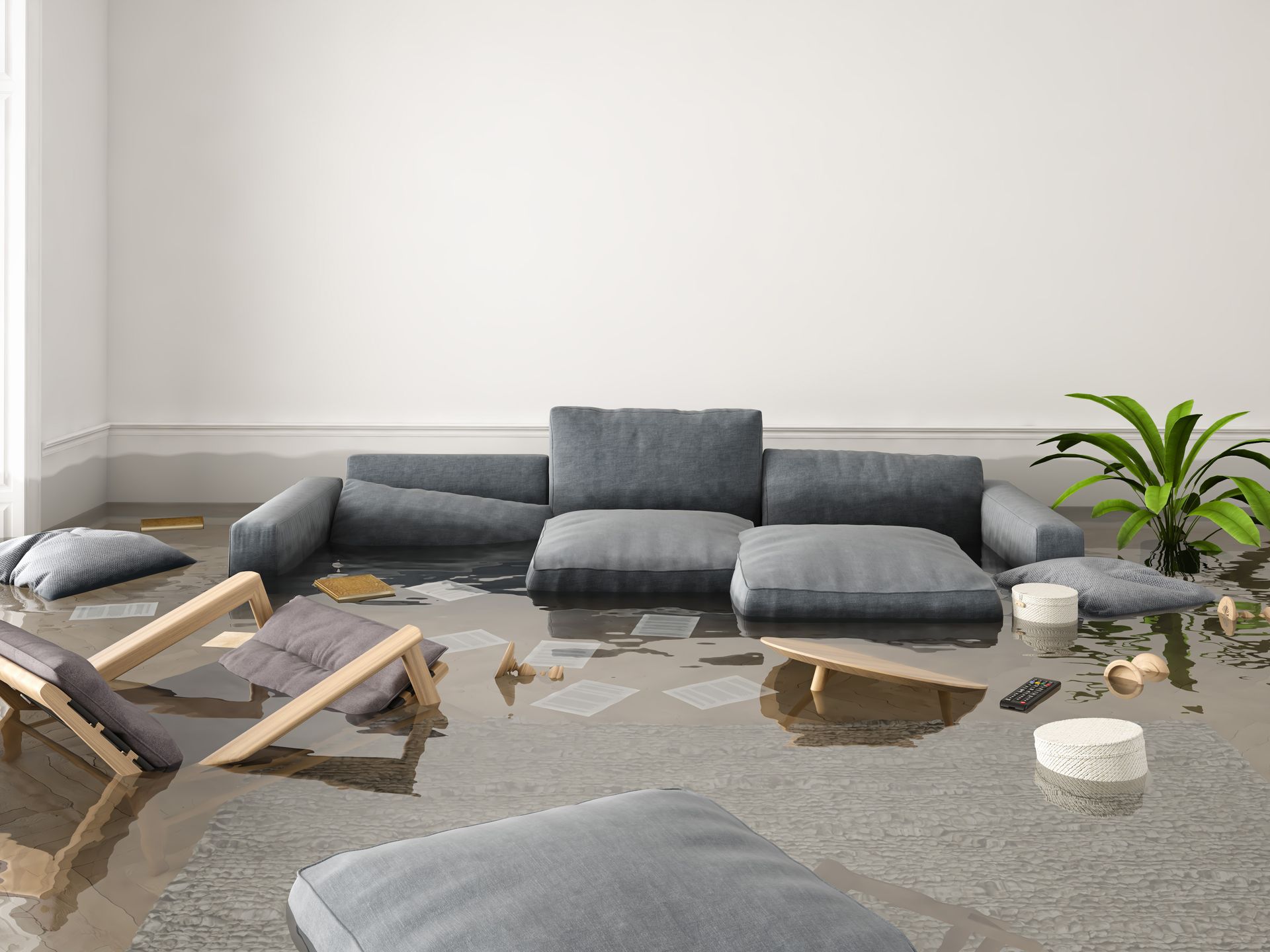How to Identify Water Damage Early: Protecting Your Property Before It’s Too Late
How to Identify Water Damage Early: Protecting Your Property Before It’s Too Late
Water damage can be one of the most devastating issues a homeowner or business owner can face. Whether it’s from a burst pipe, a leaky roof, or flooding from a recent storm, water damage can have far-reaching consequences, both structurally and financially.
One of the most important things you can do is to be proactive and know how to identify water damage early. The earlier you spot the signs, the sooner you can act, which can save you from more expensive repairs and long-term damage. In this post, we’ll walk you through the common signs of water damage, how to inspect your property for these issues, and why it’s important to contact a professional restoration service when you spot them.
Why Early Detection of Water Damage Matters
Water may seem harmless at first, but when left unchecked, it can cause serious problems. Water can weaken the structure of your home, damage insulation, ruin furniture, and lead to mold growth, which brings its own set of health hazards. Here are a few reasons why early detection is so important:
- Prevent Structural Damage: Water can slowly seep into your home’s structure, causing wood to rot, drywall to weaken, and foundations to shift. This can lead to dangerous situations, including the risk of collapse or the need for expensive repairs.
- Avoid Mold and Mildew: Mold loves moisture, and water damage is the perfect breeding ground for it. If mold is left untreated, it can spread quickly, causing health problems and further damage to your property.
- Save on Repair Costs: The longer you wait to address water damage, the worse it gets. What might have been a small leak can turn into a full-blown flood, leading to higher repair costs and more extensive work required.
So, how do you spot water damage early? Let’s dive into the key signs you need to watch out for.
Signs of Water Damage: What to Look For
Water damage can show up in many different ways. Some signs are easy to spot, while others may be hidden behind walls, under floors, or in less obvious areas. Here are some of the most common signs of water damage:
1. Discoloration or Staining on Walls and Ceilings
One of the first and most obvious signs of water damage is discoloration or stains on your walls or ceilings. These stains can be yellow, brown, or even black, depending on how long the water has been sitting there. They’re typically caused by leaks in the roof, plumbing, or pipes.
- What to do: If you notice stains or discoloration, inspect the area closely to see if you can identify the source of the leak. If you don’t see an obvious source, it’s time to call a professional restoration team to investigate further.
2. Sagging Ceilings or Walls
Water can cause materials like drywall and plaster to sag, especially if the water has been pooling behind the surface. This is a clear sign that water is accumulating inside the walls or ceiling. In extreme cases, sagging can lead to the collapse of the affected area.
- What to do: Don’t ignore sagging walls or ceilings. This is a serious structural concern that should be addressed immediately by a professional to prevent further damage.
3. Musty Odors
A musty smell is often one of the first signs of mold or mildew, both of which thrive in damp environments. If you notice this odor, it may mean that water has been present for an extended period of time, leading to mold growth.
- What to do: If you notice musty odors, inspect the affected area for visible mold growth or water stains. If you can’t identify the source, it’s essential to call a professional restoration service to handle mold removal and remediation.
4. Peeling or Bubbling Paint and Wallpaper
Water damage can cause paint and wallpaper to peel or bubble up. When moisture seeps into the walls, it breaks down the materials, causing them to lose adhesion. If you see areas where paint is bubbling or wallpaper is coming off, there’s a good chance that water has gotten behind the surface.
- What to do: Peeling paint and wallpaper is a sign that there may be a hidden water leak. A professional restoration team can identify the leak’s source and repair the damage.
5. Warping or Buckling Floors
Wooden floors are particularly vulnerable to water damage. If you notice that your hardwood floors are warping, buckling, or have gaps between the boards, this could indicate that water has seeped in over time. Carpet can also absorb water and retain moisture, leading to mold growth and unpleasant odors.
- What to do: Inspect the area closely to see if the water has affected a large section of the floor. In cases of significant damage, it’s best to call in professionals who can assess the extent of the damage and restore your floors to their original condition.
6. Increased Water Bills
If you’ve noticed an unexplained increase in your water bill, it could be a sign that there is a hidden leak somewhere in your home. Leaks can waste a significant amount of water, leading to higher utility costs. Keep an eye on your water usage and investigate any sudden spikes.
- What to do: If you notice an increase in your water bill and can’t find a source of the leak, it’s important to have a professional plumber or restoration team assess your property.
7. Visible Water Pooling or Dripping
In some cases, water damage is so severe that you can see pooling or dripping water in areas where it shouldn’t be. This could be the result of a burst pipe, a leaking roof, or water entering through windows or doors.
What to do: If you see water pooling in any area of your home, immediately contact a professional water restoration team. Delaying the repair can lead to even greater damage.
How to Inspect Your Property for Water Damage
Regular property inspections are key to catching water damage early. Here’s how to do a basic inspection:
- Check for visible water damage: Look for stains, sagging ceilings, and peeling paint in every room, including attics, basements, and crawlspaces.
- Examine plumbing and fixtures: Check for leaks around faucets, pipes, and drains. Look under sinks and behind toilets for any signs of moisture or discoloration.
- Inspect the roof: If you’ve had heavy rain or a recent storm, it’s a good idea to inspect the roof for missing shingles, cracks, or other signs of leaks.
- Look at your foundation: Check the basement or crawlspace for signs of moisture, cracks in the foundation, or standing water.
Check your water bill: Monitor your water usage and look for any unexplained increases that could indicate a hidden leak.
Why You Should Call a Professional Water Damage Restoration Team
While it’s important to spot water damage early, it’s equally important to address it quickly. Water damage restoration is not a DIY task, especially when the damage is hidden behind walls, ceilings, or floors. Even small amounts of water can cause major issues if left untreated.
Restoration 1 of Evansville offers expert water damage restoration services to help you get your property back to normal. Our certified technicians have the tools, knowledge, and experience to assess the damage, locate the source of the problem, and restore your property to its pre-damage condition.
Remember: If you notice any signs of water damage, don’t wait. The sooner you contact a professional restoration service, the better the outcome.
Conclusion: Don’t Let Water Damage Go Unnoticed
Water damage can be tricky to spot, especially in its early stages, but with a little vigilance and regular inspections, you can protect your property from long-term damage. Keep an eye out for the signs we’ve discussed, and if you spot anything unusual, don’t hesitate to contact a professional restoration team.
At Restoration 1 of Evansville, we are here to help you with fast, efficient, and reliable water damage restoration services. If you’re concerned about water damage in your home or business, reach out to us today for an assessment. We’ll work with you every step of the way to restore your property and give you peace of mind.
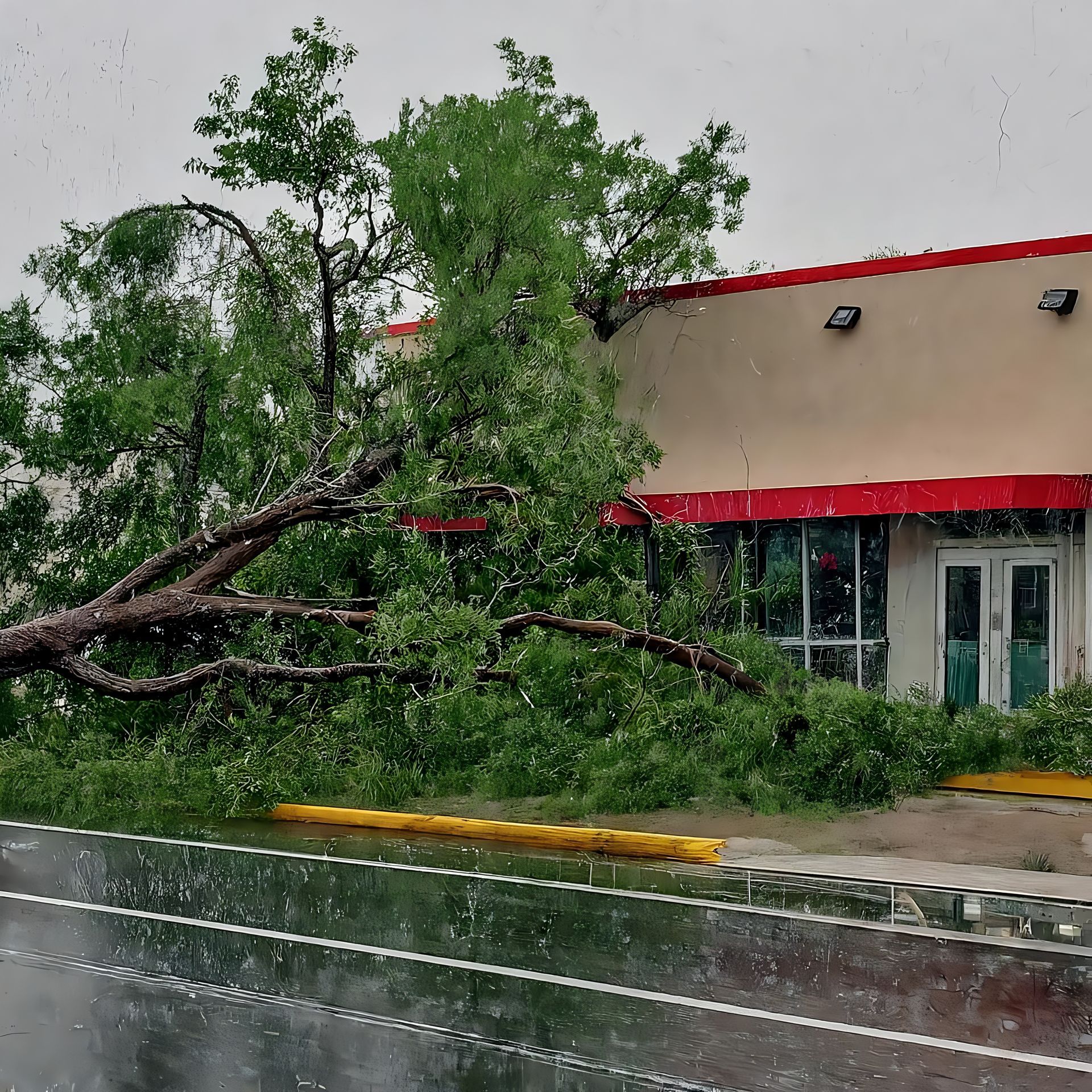
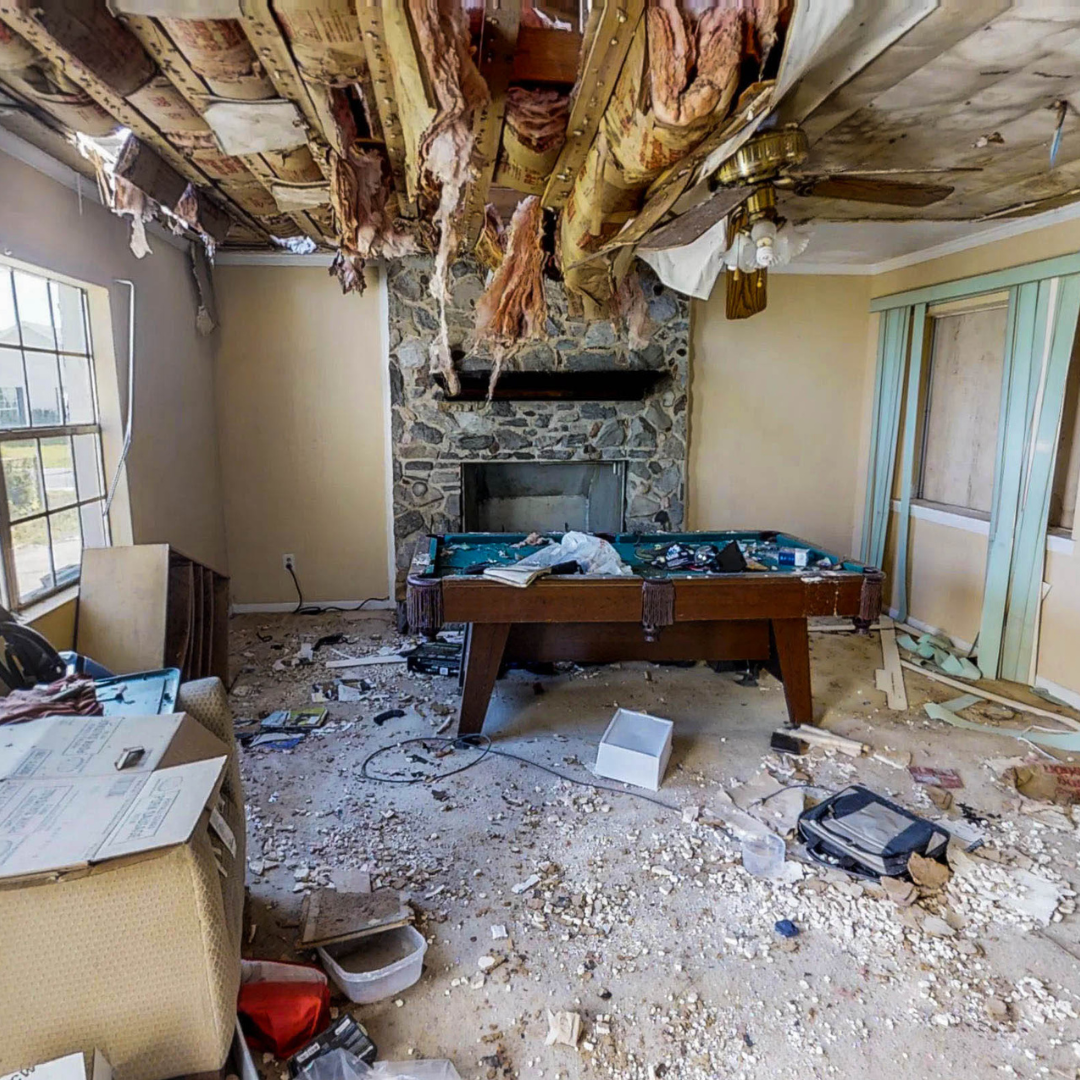
The Essential Guide to Professional Storm Damage Restoration: Why You Need Experts for Fast Recovery


